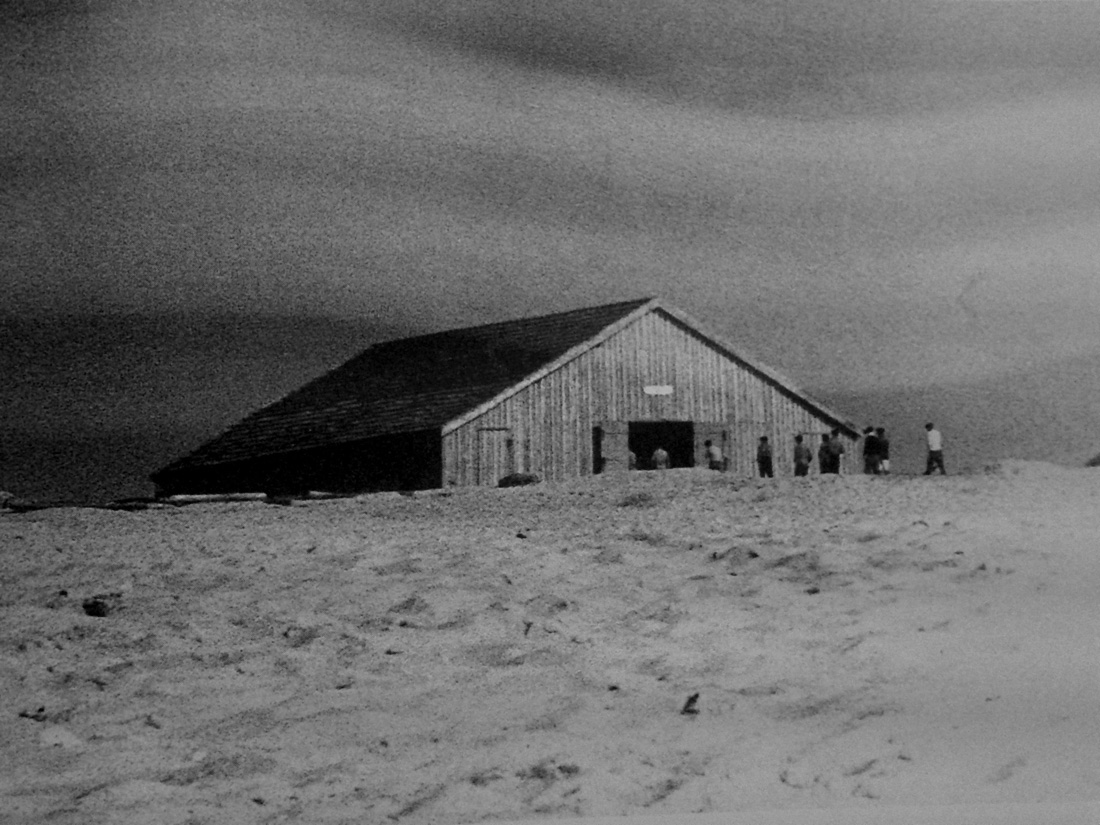Mudar de Vida - Paulo Rocha
Artist in focus: Pedro Costa
Carte Blanche
Newly restored by the Cinemateca Portuguesa. Restoration supervised by Pedro Costa.
Courtisane is een platform voor film en audiovisuele kunsten. In de vorm van een jaarlijks festival, filmvertoningen, gesprekken en publicaties onderzoeken we de relaties tussen beeld en wereld, esthetiek en politiek, experiment en engagement.
Courtisane is a platform for film and audiovisual arts. Through a yearly festival, film screenings, talks and publications, we research the relations between image and world, aesthetics and politics, experiment and engagement.
Artist in focus: Pedro Costa
Carte Blanche
Newly restored by the Cinemateca Portuguesa. Restoration supervised by Pedro Costa.

The second and arguably most important film by Paulo Rocha, one of the central figures of the Novo Cinema, Mudar de Vida is a direct response to Oliveira’s Rite of Spring (and, indirectly, to varda’s La Pointe Courte) and an important precursor to the radical documentary shaped fiction of António Reis and Margarida Cordeiro and, much later, the work of Pedro Costa. Captivated by the remote Portuguese fishing village of Furadouro, Rocha chose not to make a traditional documentary but rather to engage the specificities of the people and place through fiction, crafting a melancholy story about a soldier’s return to a changing world. Inspired by his experience working with Oliveira on Rite of Spring, Rocha “cast” the local villagers as themselves, interspersed with experienced actors led by the great Isabel Ruth, who would go onto become an Oliveira regular and an iconic presence in Costa’s Ossos (1997). The poetry of the local vernacular is captured in the textured dialogue written by Reis, who met Rocha through Oliveira. Despite the steadily building critical acclaim that followed the release of Mudar de Vida – and despite its controversial depiction of a disillusioned Angola War veteran – Rocha effectively ceased filmmaking until the 1980s. (Harvard Film Archive)